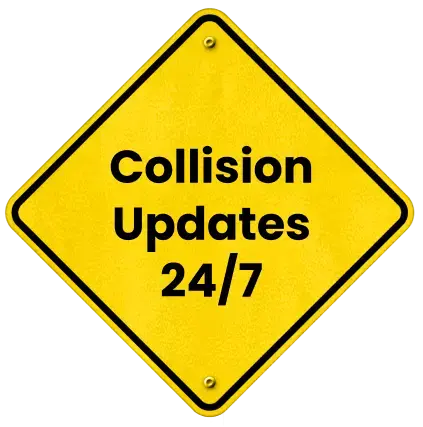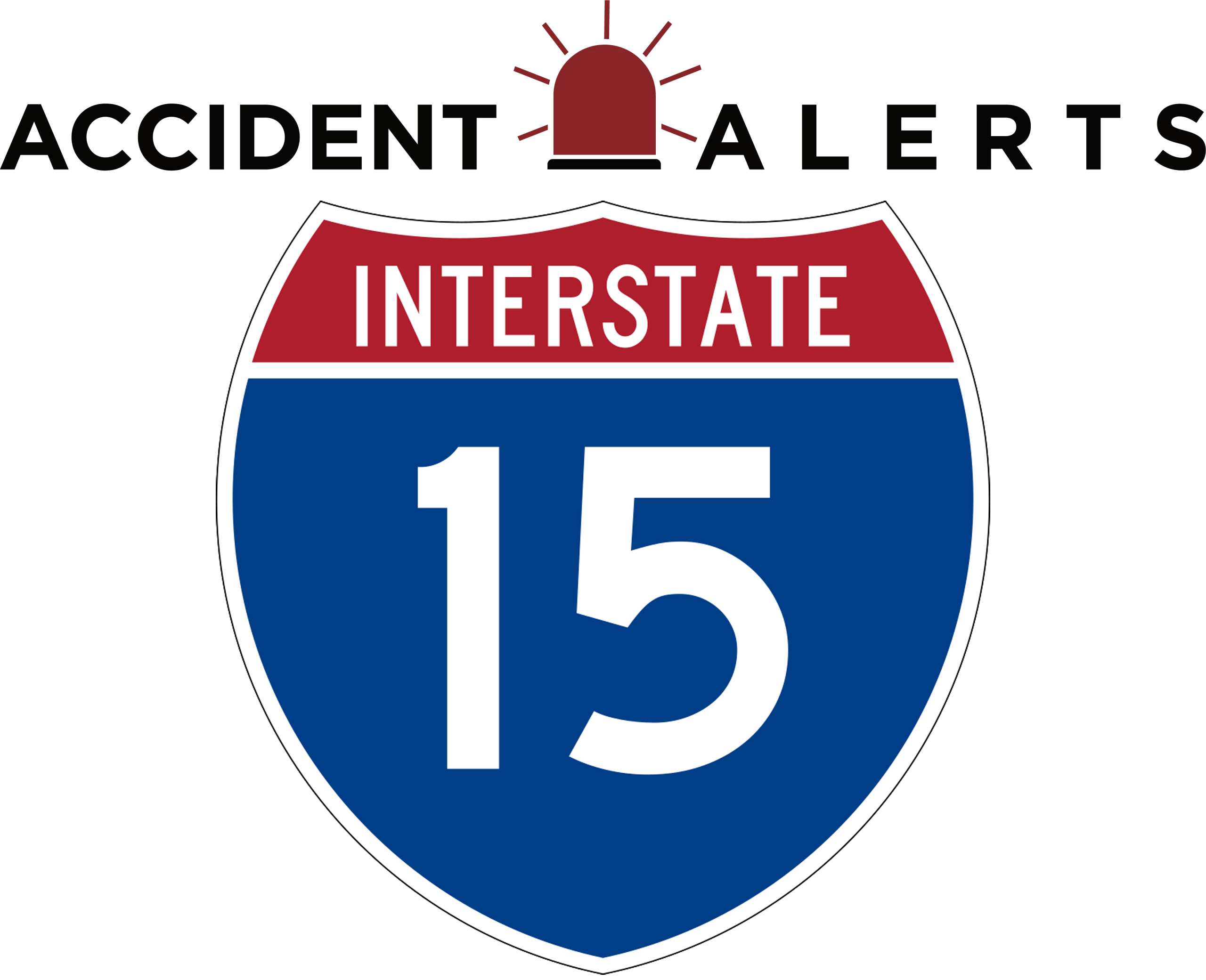
Fatal Accidents on I-15: Trends Over the Last 10 Years


Interstate 15 (I-15) is a critical north-south highway stretching from Southern California to Utah, connecting major cities like San Diego, Las Vegas, and Salt Lake City. Serving commuters, commercial trucks, and tourists, it is a vital artery of the western United States.
However, I-15 has also become a hotspot for fatal accidents, with deadly crashes occurring frequently along certain stretches. Understanding long-term trends, high-risk areas, and state-specific factors is essential for improving safety, preparing for emergencies, and recognizing the legal implications of such accidents.
Over the past decade, analysis of I-15 accident data has revealed patterns that highlight the road’s most dangerous segments. California’s Cajon Pass and San Bernardino County stretch accounts for a significant portion of fatalities due to steep grades, heavy truck traffic, and sharp curves. Speeding, driver fatigue, and impaired driving are consistent contributors. Nevada’s portion, especially near Las Vegas, sees frequent deadly crashes influenced by tourism traffic, nighttime driving, and congested roadways. In Utah, rural mountain passes pose heightened risks during winter months, with icy roads and steep inclines contributing to chain-reaction collisions. Across all three states, high-profile vehicle crashes, multi-vehicle pileups, and single-vehicle incidents make up the majority of fatalities.
State-by-State Trends and Dangerous Stretches
California, Nevada, and Utah each face unique challenges on I-15:
- California: High traffic volumes in Cajon Pass and San Bernardino County create collision risks. Fog, rain, and mountainous terrain further increase hazards. Truck-related crashes and single-vehicle rollovers are common.
- Nevada: Clark County, particularly the Las Vegas corridor, is prone to accidents due to heavy tourist traffic and impaired driving. Nighttime crashes and congestion-related collisions are frequent, with fatalities often involving multiple vehicles.
- Utah: Rural mountain passes and long stretches of highway contribute to fatigue-related crashes. Winter storms and icy conditions often lead to chain-reaction accidents, especially among unfamiliar drivers and commercial trucks.
Dangerous segments are repeatedly identified as hotspots: Cajon Pass in California, the Las Vegas corridor in Nevada, and Utah’s mountainous passes. These areas are characterized by challenging terrain, unpredictable traffic patterns, and environmental hazards such as high winds, rain, and snow.
Contributing Factors to I-15 Fatal Accidents
Fatal crashes along I-15 result from a combination of human error, environmental conditions, and vehicle factors. Common causes include speeding, impaired or distracted driving, fatigue, and unsafe lane changes. Environmental hazards, including sudden weather changes, high winds, rain, snow, and fog, can make controlling vehicles, especially trucks and motorcycles, more difficult. Roadway design issues, such as narrow lanes, steep grades, and construction zones, further increase risk. Multi-vehicle collisions, rollovers, and single-vehicle accidents frequently occur when multiple factors combine.
Other risk factors include driver behavior, roadway design and maintenance, environmental conditions, and vehicle characteristics. High-profile vehicles, mechanical failures, poorly secured cargo, and commercial trucks can trigger catastrophic incidents. Understanding these factors helps drivers anticipate risks, plan safer trips, and avoid dangerous areas when conditions are poor.
Additionally, fatigue among long-haul truck drivers is a significant contributor to fatal crashes. Federal hours-of-service regulations exist to limit driving time and encourage rest, yet violations or borderline compliance can still create dangerous situations. Distracted driving, including the use of mobile devices, has risen sharply in the past decade, and even minor lapses in attention can result in severe collisions on a high-speed interstate like I-15. Impaired driving, especially in the Las Vegas corridor, remains a critical issue. Studies show that alcohol or drug impairment plays a role in a substantial portion of deadly crashes along Nevada highways.
Road conditions and maintenance also play a crucial role. Potholes, uneven pavement, and inadequate signage can increase the likelihood of accidents, particularly in rural and mountainous stretches. Construction zones, often present during peak traffic periods, can exacerbate risks, creating sudden lane changes, narrowed shoulders, and unclear detours. Authorities emphasize the importance of regular roadway inspections, timely repairs, and visible signage to mitigate fatalities.
Mitigation Strategies and Safety Recommendations
While not all crashes are preventable, risk can be reduced through a combination of careful driving, proper vehicle maintenance, and community-wide safety initiatives.
Drivers should maintain safe speeds, obey construction zone signage, and avoid impaired or distracted driving at all times. Keeping a safe following distance, adjusting speed for weather and road conditions, and ensuring vehicles are properly maintained can reduce both the likelihood and severity of accidents. Authorities also emphasize the importance of increased public awareness campaigns to educate motorists about common hazards along I-15, including steep grades, sudden curves, high desert winds, and congested urban stretches. Enhancing roadway signage, installing reflective lane markers, and placing warning systems at high-risk locations can provide crucial information that helps drivers anticipate and respond to potential dangers.
Additional enforcement in known accident hotspots, such as Cajon Pass in California, the Las Vegas corridor in Nevada, and mountain passes in Utah, can deter reckless driving and reduce the number of fatal crashes. Timely highway maintenance, including clearing debris, repairing potholes, and improving drainage in flood-prone areas, plays a key role in preventing collisions. Defensive driving courses and specialized commercial driver training programs further equip motorists with the skills necessary to navigate I-15’s challenging terrain safely. For long-distance travelers, taking rest breaks, staying alert, and being aware of fatigue-related risks can also prevent serious incidents.
By combining personal responsibility, driver education, infrastructure improvements, and proactive law enforcement, the likelihood of I-15 fatal accidents can be significantly reduced, protecting both motorists and the communities along this vital interstate.
Legal Guidance for Victims of I-15 Fatal Accidents
Fatal accidents on I-15 often involve complex liability issues, especially when multiple vehicles, commercial trucks, or impaired drivers are involved. Families and victims face not only emotional trauma but also financial and legal challenges.
A skilled I-15 accident lawyer can provide guidance on navigating insurance claims, liability disputes, and personal injury or wrongful death proceedings. Attorneys can review accident data, gather evidence such as police reports and witness statements, coordinate with expert witnesses, and ensure that victims pursue maximum compensation for medical expenses, property damage, lost wages, and pain and suffering. Prompt legal assistance ensures that critical deadlines are met, evidence is preserved, and insurance companies do not take advantage of vulnerable families.
If you or someone you care about has been involved in an accident, get in touch with an I-35 accident lawyer to protect your rights and obtain professional support during this incredibly difficult time.
